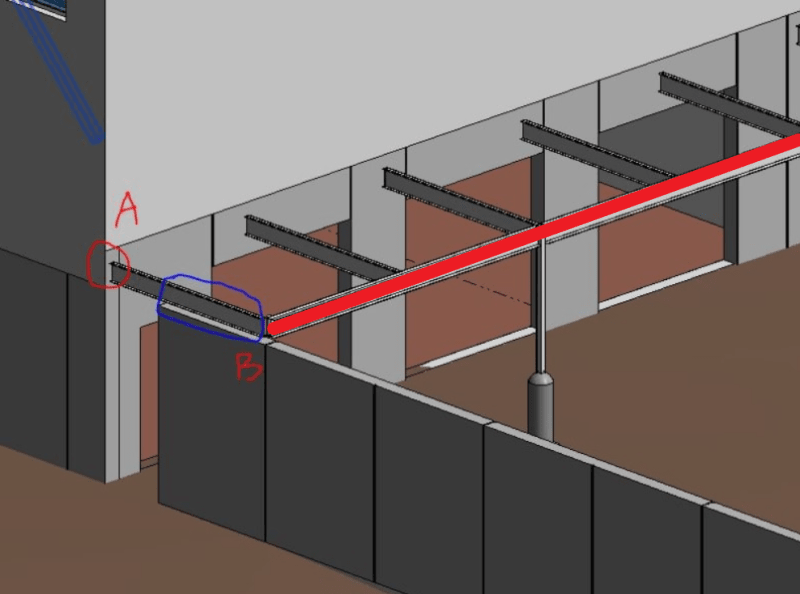Samwise Gamgee
Structural
I have a condition where a steel beam needs to be bear on precast. Can we directly bear the bear on precast for about 4'-0" . Or do I need to elevate it and put in on a shim stack ?
Point A is supported by other precast and has an embed that will take all of the gravity load there. However, I was not sure what needs to be done on the other side. I also need to have lateral restraint to be provided for in plane forces. Can I drill and connect through the flanges and connect it to the precast ?

Point A is supported by other precast and has an embed that will take all of the gravity load there. However, I was not sure what needs to be done on the other side. I also need to have lateral restraint to be provided for in plane forces. Can I drill and connect through the flanges and connect it to the precast ?







![[pipe] [pipe] [pipe]](/data/assets/smilies/pipe.gif) .
.